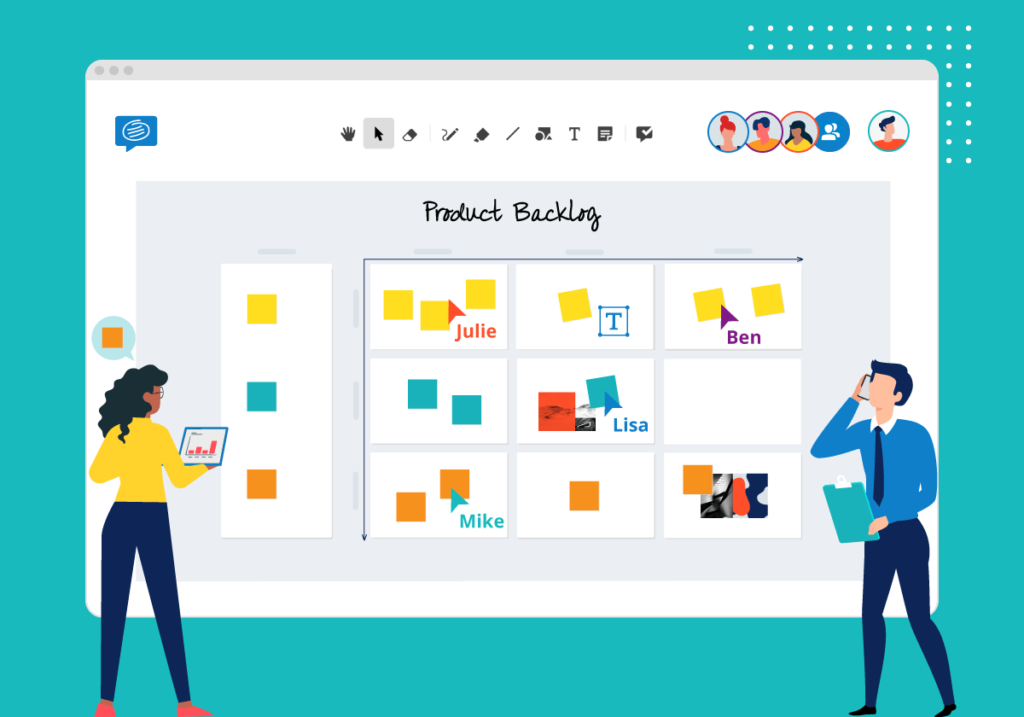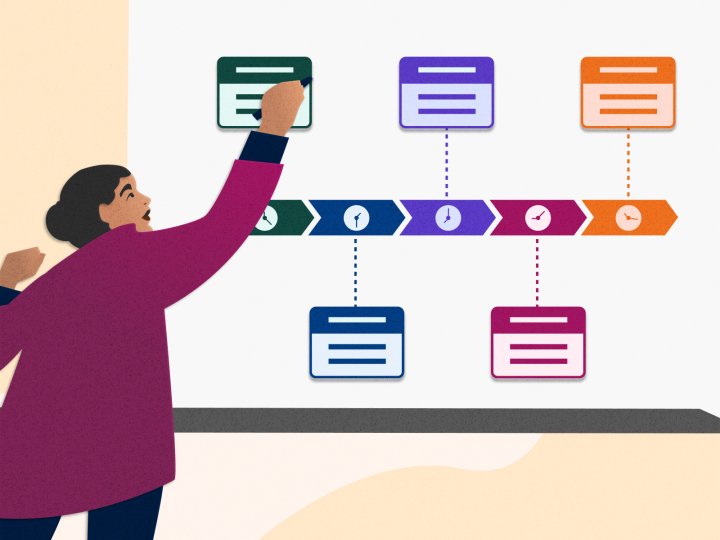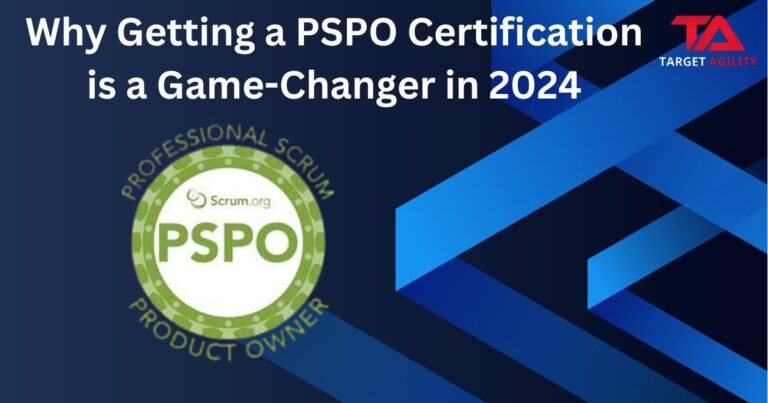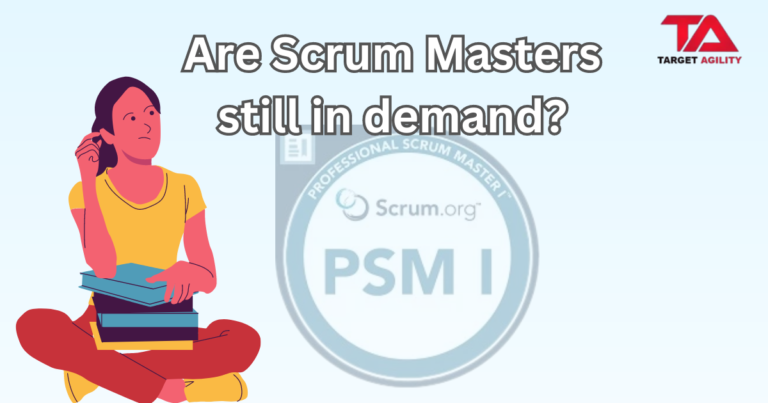A product backlog is a prioritized list of work for the development team, derived from the roadmap and requirements. It is prioritized and delivered first, rather than being pushed by the product owner.
7 Ways to Prioritize Your Product Backlog
Let’s talk tactics. How do you Prioritize your product backlog today?
Product managers often struggle to manage their product backlog, as it becomes a void due to the constant flow of ideas, requests, and tasks. They struggle to arrange tasks or balance strategic importance against resources, leading to a lack of organization and efficiency.
What Your Backlog Is (or Is Supposed to be)-and Why You Need to Prioritize It

A product backlog should include tasks and tasks within a set timeframe. However, it can become overwhelming and difficult to evaluate. To avoid a backlog becoming an endless list of ideas, prioritize items in a strategic way, ensuring they are prioritized for team work.
7 Tips to Prioritize Your Product Backlog
1. Determine a bucketing system for organizing items on your backlog.

Establishing categories for your backlog items can help you organize them more efficiently. It doesn’t really matter what you call these categories; the idea is to help you see clearly what has to be prioritized. Each sprint’s work is determined by the backlog, thus you need a system that enables you to locate specific items with ease.
Some example categories:
Backlog categories
After deciding which categories your team will utilize, you can arrange and place the things in an orderly manner. Let’s examine how this may appear in real life:
Step 1: Organize backlog items by category
You can now quickly review the issues in the backlog while you plan the next sprint. You’ll be able to assess what your team can manage and what you need to get done. This allows us to state:
“Our goal is to deliver .
To do so, we must deliver these items. We have capacity for amount of work. So we are going to do _ in order to get there.”
You can then select your best items from your categorized list and include them in the following sprint. How to score these items and add them to the sprint backlog will be covered in more detail below.
Step 2: Pull backlog items into sprint workload
Ultimately, your sprint backlog might look something like this:
This system gives your staff the framework they require to feel powerful. Everyone feels better when your backlog is more organized since they can truly move forward and know what’s coming next.
2. Arrange the top items on your product backlog to represent your next sprint.

Organizing your product backlog by placing tasks at the top of the list in order of importance for your upcoming sprint can improve organization and eliminate the need to constantly check when tasks will be completed.
3. Don’t include any task lower than second-level priority on the backlog.

Priority level two is a useful method for determining what belongs in your backlog and what needs to be moved. After brainstorming, prioritize the top two or four concepts and divide them into assignments, plans, and stories. Keep the backlog realistic and lean, listing items scheduled for upcoming sprints and second-level priorities for the upcoming months. This approach ensures that all ideas are prioritized and moved accordingly.
4. Create a separate list for all of those lower-priority (or longer-term) ideas and requests.

Limiting tasks in your product backlog to strategic or urgent ones by creating a second list for less urgent issues maintains its strategic value. Leaving everything at the bottom of the backlog complicates reviews and increases the risk of overlooking crucial tasks.
Tweet This:
“Future reviews and reassessments of their backlog are made more difficult by product managers who merely shove every request to the bottom of their product backlog.”
In order to keep track of your product-related ideas that aren’t selected for the backlog, make additional lists. This might be a list of “Longer-Term Tasks” or a file containing “Great Ideas.”
5. Assign scores (or use some other quantifiable system) for determining each item’s overall value.
Our product roadmap app at Product Planet has a weighted score feature. We’ve discovered that product managers require a way to quantify (or “score”) the overall strategic value of each proposed feature or task against all of the others-that is, to ascertain which will give their product the greatest strategic advantage-when working with a limited amount of time, money, and development resources.
To score the benefits and costs of items on your product backlog, use a scoring model based on Product Plan’s criteria. Add tasks to a priority one list for upcoming sprints, and some advance to priority level two for development. Keep longer-term tasks in a separate file. This helps understand each item’s position and communicate strategic thinking effectively.
6. Figure out a point system for assigning time and development resources to each item.
Prioritizing backlog items based on estimated completion time involves considering the total number of developer hours and the identity of specific developers. This can be converted into points, days, or half-days to make it easier to compare items and determine resource needs more evenly.
However, it’s important to consider the “big picture” when estimating hours, as one point equals one developer day of work. Be conservative when estimating time, as it’s better to predict too much than too little.
7. Re-evaluate the level one and two items on your backlog regularly.
The product backlog is a dynamic document with shifting priorities. To implement suggestions, finish tasks from top at sprint end, advancing a percentage of second-level items to on-deck position.
Conclusion
The product backlog is a dynamic entity that needs constant care and attention. Prioritizing your product backlog is not a one-time activity; it’s a continuous process that requires involvement from all team members and stakeholders.
To Register for course in Target Agility for PSPO I
The registration process for Target Agility course is simple and intuitive.
Click Here To Register Now









